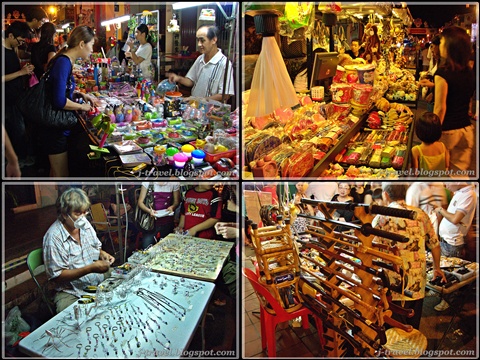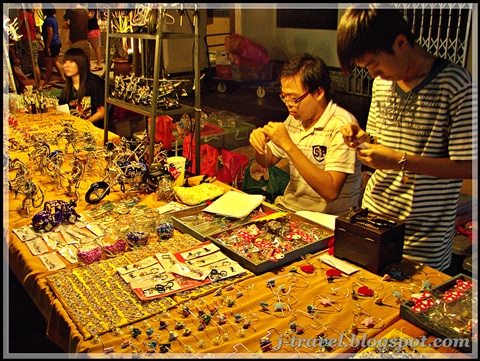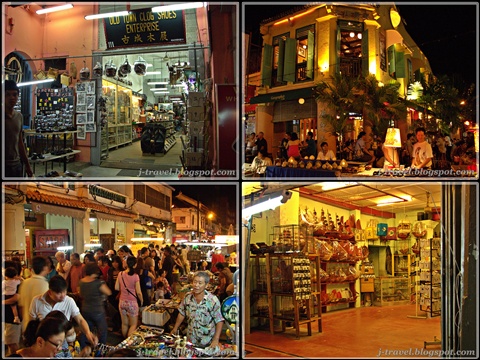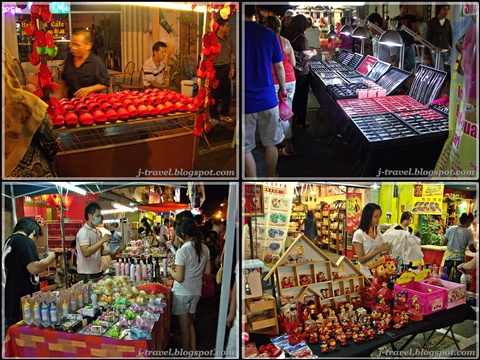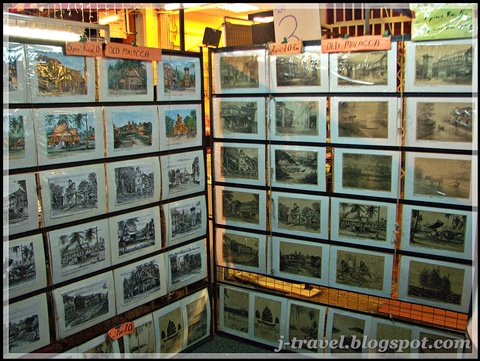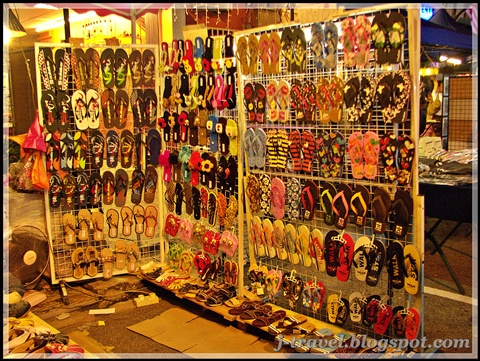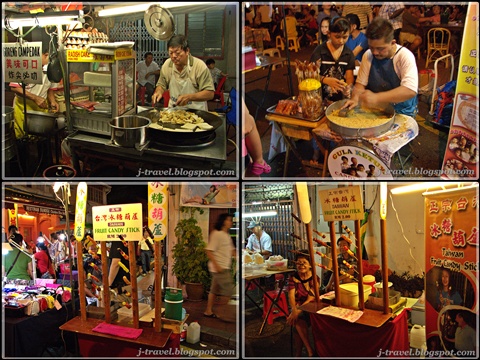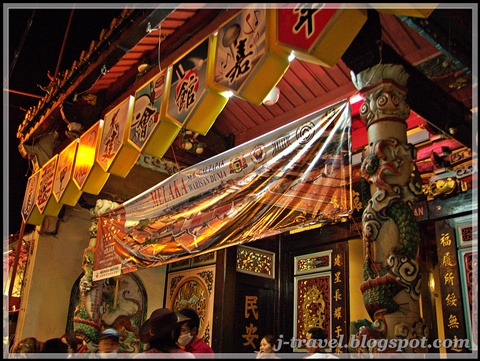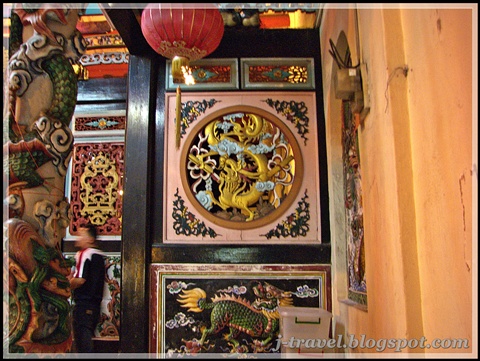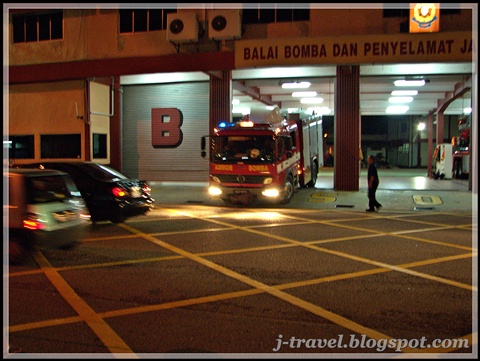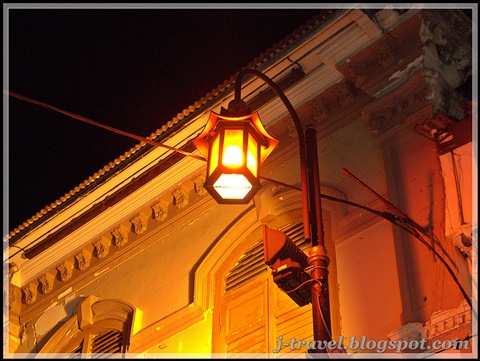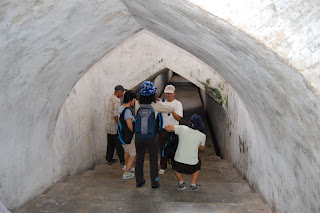
A veteran documentary photographer, Teru Kuwayama has made more than 15 trips to Iraq, Afghanistan, Pakistan and Kashmir, traveling both independently, and as an embedded reporter with US and NATO military forces, as well as Afghan, Pakistani, and Indian armed forces. In 2009 he received the Dorothea Lange-Paul Taylor award for his work in Pakistan, and a fellowship from the South Asian Journalists Association.
He is a 2009-2010 Knight Fellow at Stanford University, a contributor to Time, Newsweek and Outside magazines, and a contract photographer for Central Asia Institute, a non-profit organization that builds schools for children in remote areas of Afghanistan and Pakistan.
GIZMODO has featured Teru's Ask a Pro: How to Shoot (and Not Get Shot) In a War Zone, which is certainly a must-read for every inexperienced photographer with romantic notions on war photography.
Whilst all of his suggestions are extremely valid, I liked these:
Avoid the faux-commando stuff. Learn How To Say "Hello" and "Thank You" and To Count To Ten. Don't Follow the Pack.


